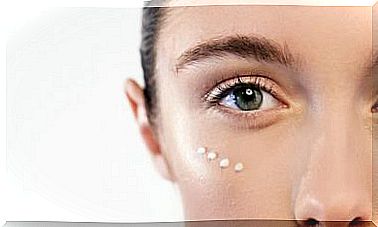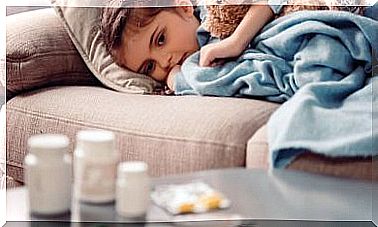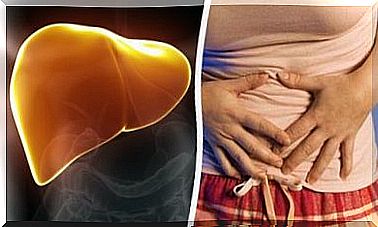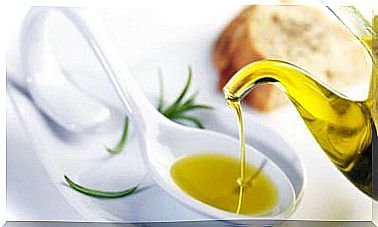Home Treatment For Ingrown Toenails
Lemon and salt act as disinfectants and anti-inflammatory, so they can help reduce the discomfort caused by ingrown toenails.
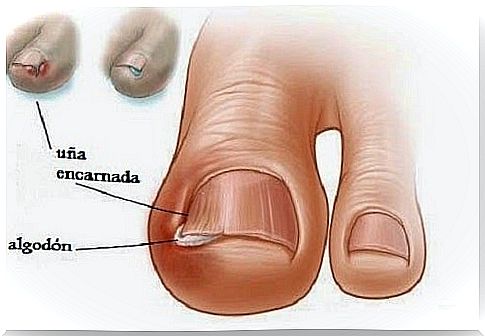
Ingrown toenails are a problem that can arise for a variety of reasons. However, it is an uncomfortable and unsightly matter that deserves attention.
When the skin around the nail appears red and inflamed, and is uncomfortable or painful to the touch, it may be an ingrown toenail. Next, we explain in more detail what they are, why they originate and some very simple natural remedies to prepare that help treat them.
What are ingrown toenails?
When we see that the skin on the edge of the nail becomes red, and that it even becomes infected, it is possible that we have a nail that has become embedded in the flesh that surrounds it. The most common is that it happens on the big toe, but in reality it can happen on any finger.
Why happens?
There is no single cause of ingrown toenails. One of the most common reasons is the use of inappropriate shoes that are tight or do not fit well, especially if we do sports or activities that require us to move or stand often.
It can also be due to improperly trimmed nails or physical issues of the foot, such as deformations or special shapes of the toes, which cause additional pressure on other toes.
It should be taken into account that, due to genetic reasons, some people are born with their toenails curved, too large or with a tendency to grow downward. For this reason, there are people who often suffer from this problem, despite wearing the right footwear and carefully monitoring the cutting of the nails.
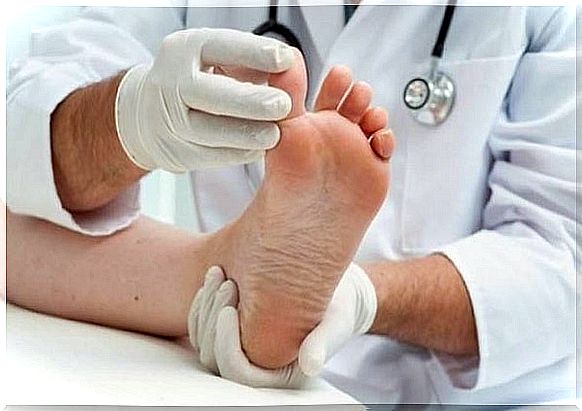
When should you go to the doctor?
In the case of those with diabetes, they should see a doctor, podiatrist or dermatologist before resorting to any home treatment. The same applies to people who suffer injuries to the feet, ankles or legs or poor circulation in the feet.
On the other hand, we should go to the specialist when we perceive that there is pus under the inflammation, since infections should be treated as soon as possible.
Finally, if our nails are often ingrown and we have not found the cause, a doctor will also help us solve this annoying problem.
Natural treatment
This is a simple and natural homemade method to treat ingrown toenails:
- We immerse the affected foot in hot water several times throughout the day. We leave it for a couple of minutes and dry well.
- Gently massage the affected area, with the help of a little olive or almond oil. If we are prone to infections, we can add a drop of tea tree essential oil, as it has antibiotic properties.
- We will take a small piece of cotton or dental floss, we will moisten it. We will try to patiently place the thread under the nail.
- When we notice that the area has softened, after performing this process several times, we will repeat these steps and carefully cut the nail with a clean and sharp nail clipper.
- We will cut the nail in a straight way, leaving it square and without cutting it too much. The areas that are ingrown, we will avoid them.
Thyme water
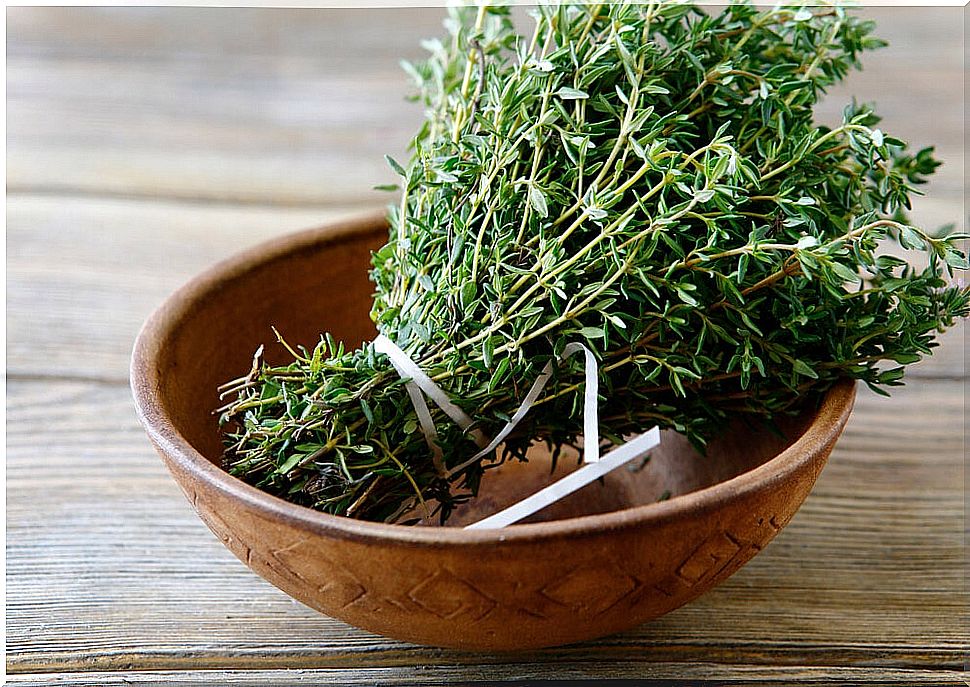
The previous technique can still be more effective if instead of using only water we use thyme infusion. Thyme is a medicinal plant with multiple health benefits, including toenails.
Among them, it helps fight inflammation, infection and soothe pain, making it an ideal remedy to treat ingrown nails.
We will prepare an infusion with a cup of water and two tablespoons of thyme. We will boil for five minutes and let it rest for another five. We will use this infusion as we have highlighted in the previous point.
Lemon salt remedy
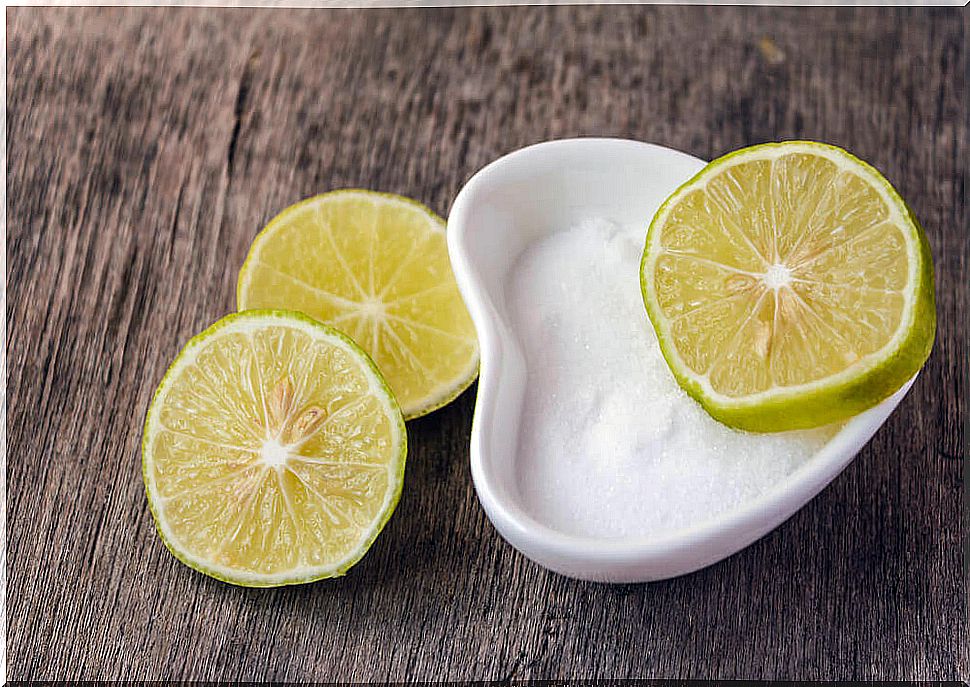
If the previous technique has not worked for us, we can also try an old very effective and inexpensive remedy, since we will only need half a lemon and a little salt.
We will open a small hole in the center of the lemon, and we will introduce a little sea salt to it. Then, we will proceed to insert the finger with the ingrown nail into the lemon. We will leave it there for about 20 minutes and then, we will wash it well with plenty of soap and water.
It is recommended to carry out this treatment overnight and, once the area is washed, it is essential to dry it very well to prevent moisture from promoting the invasion of bacteria.

